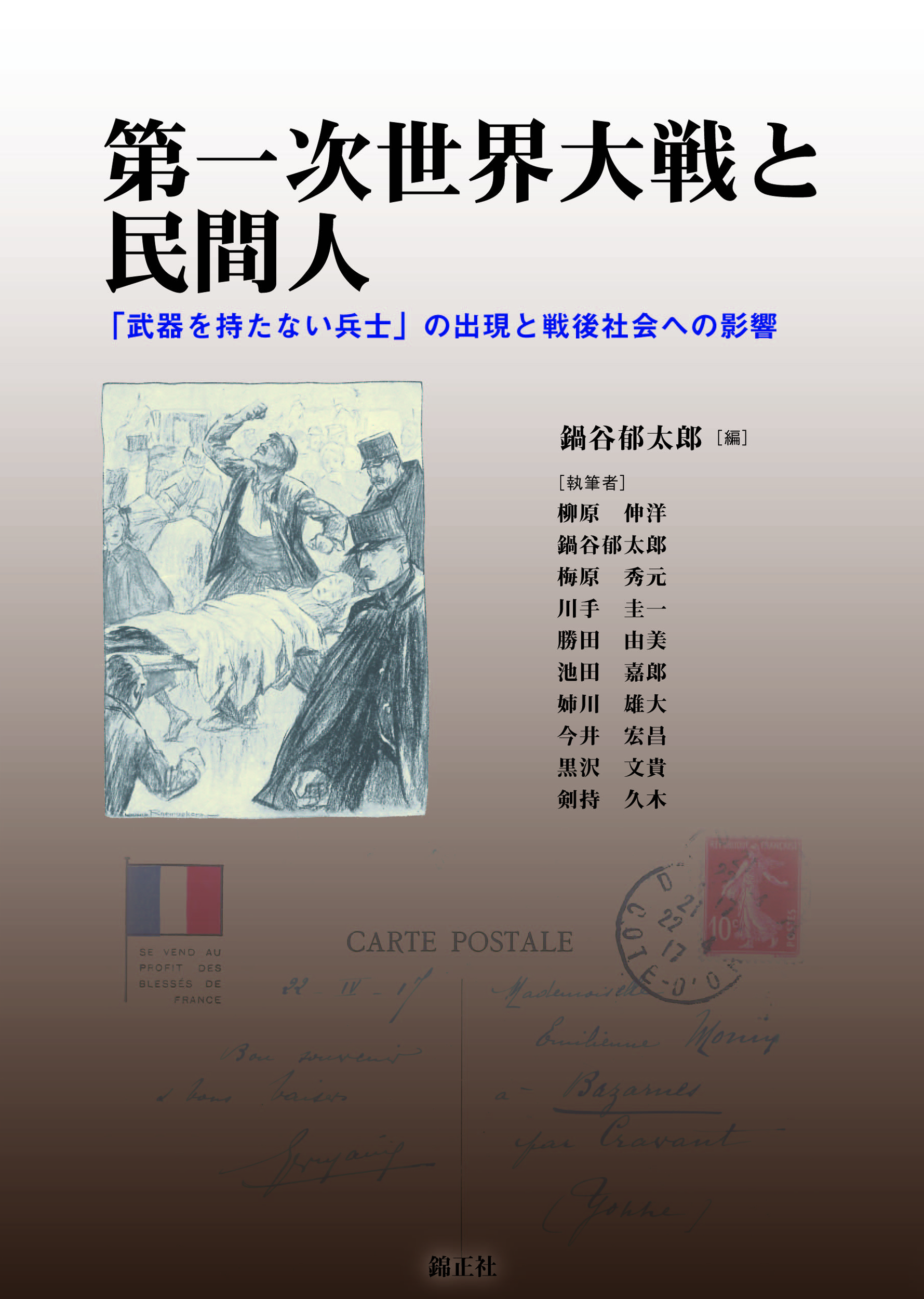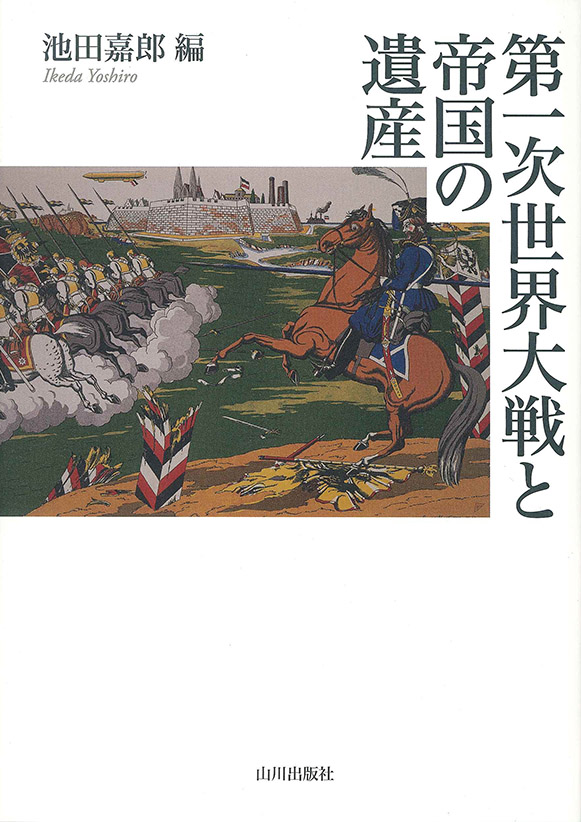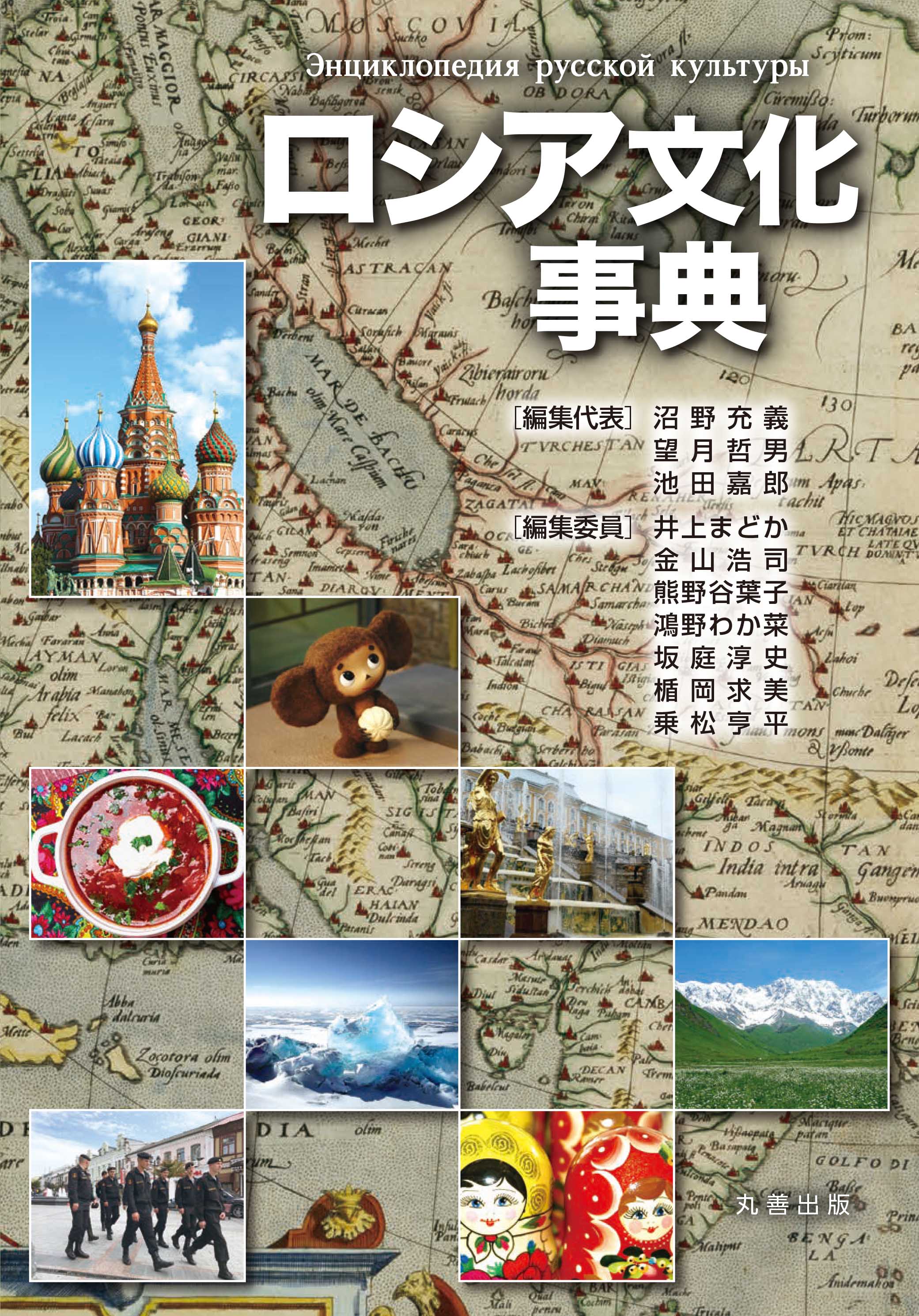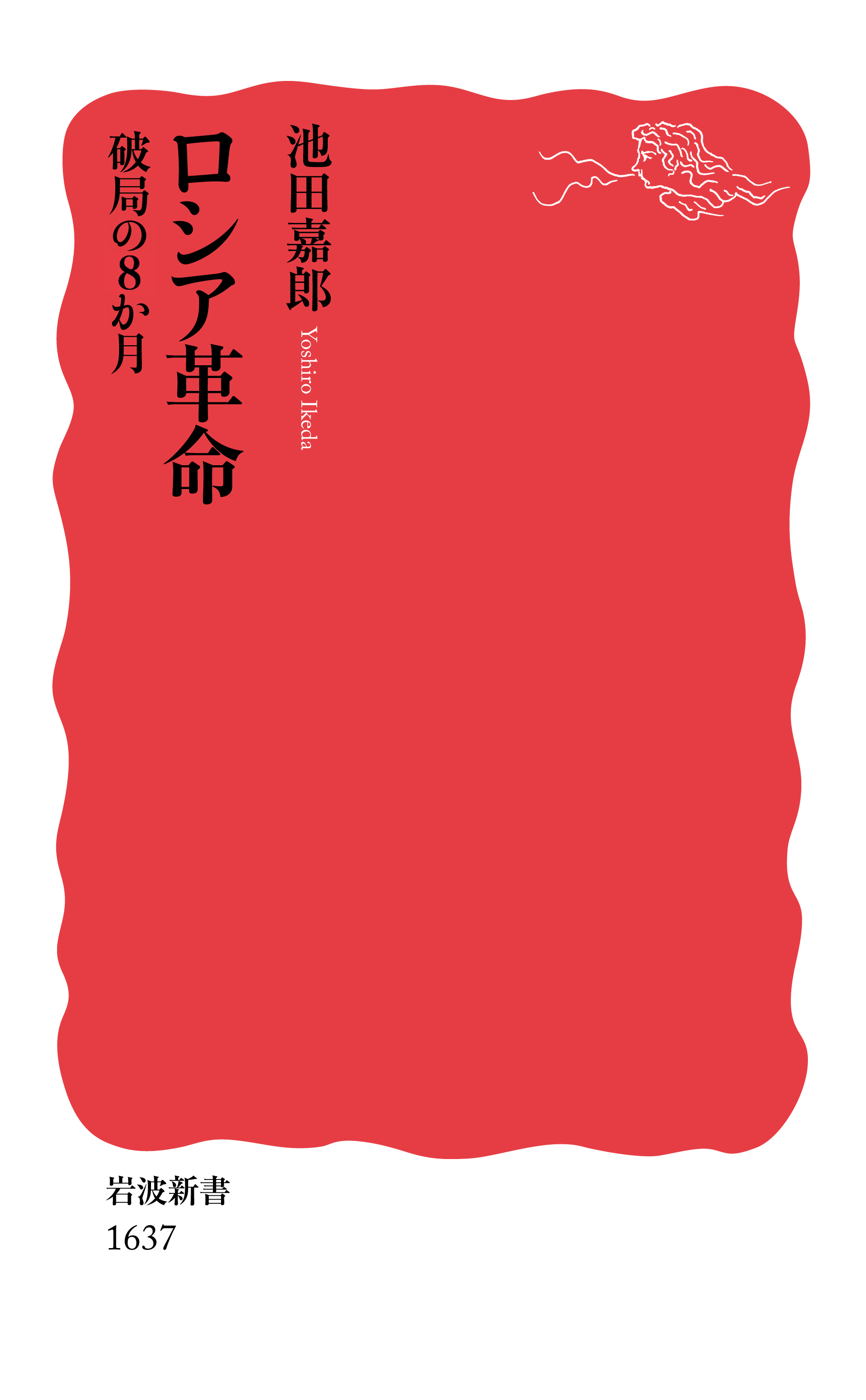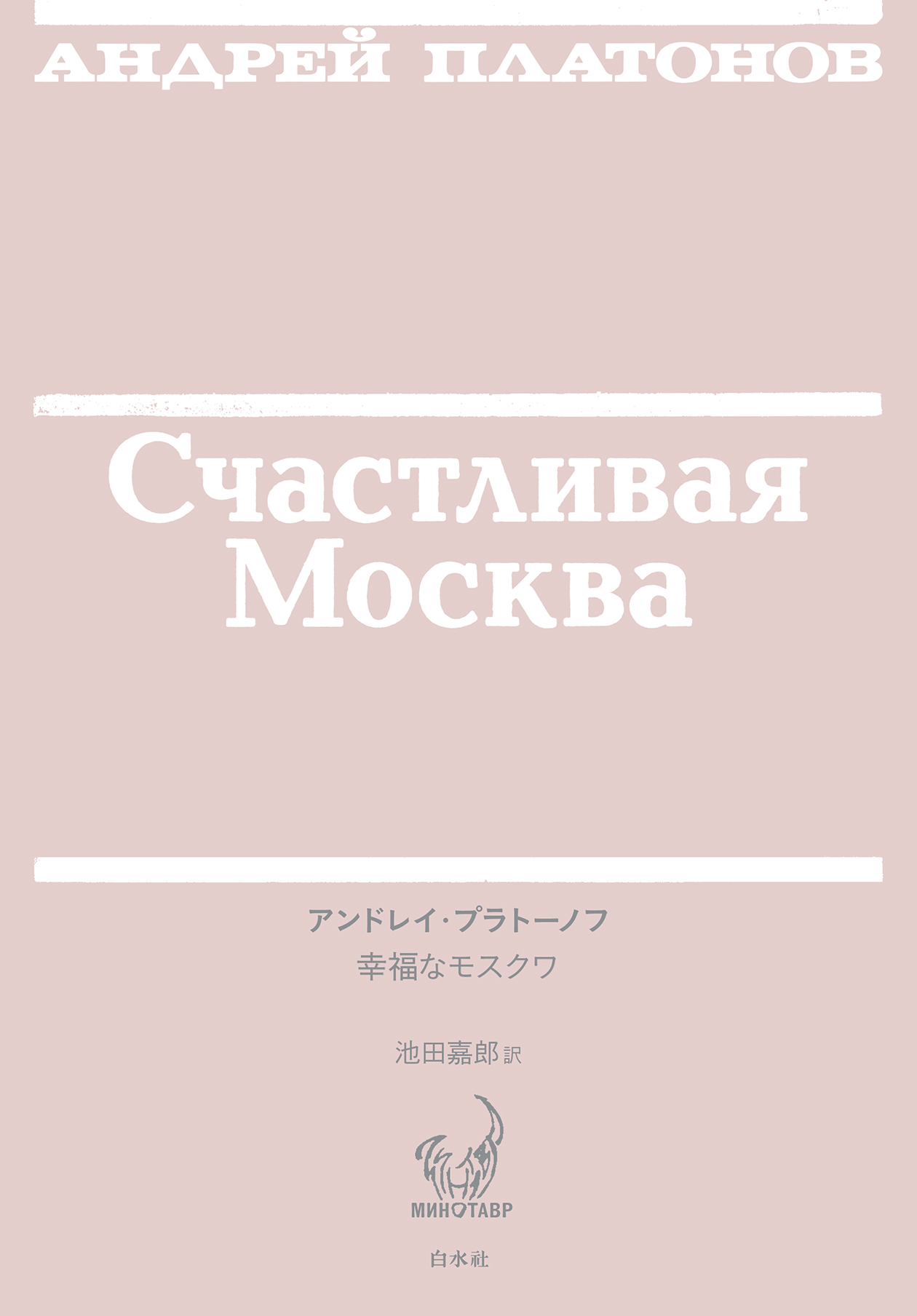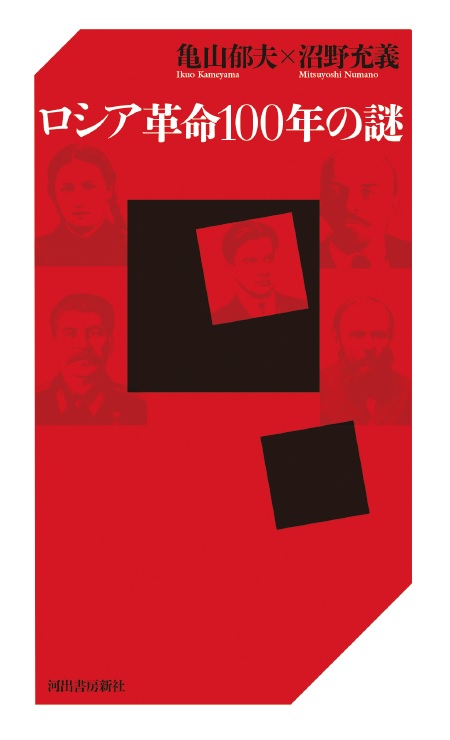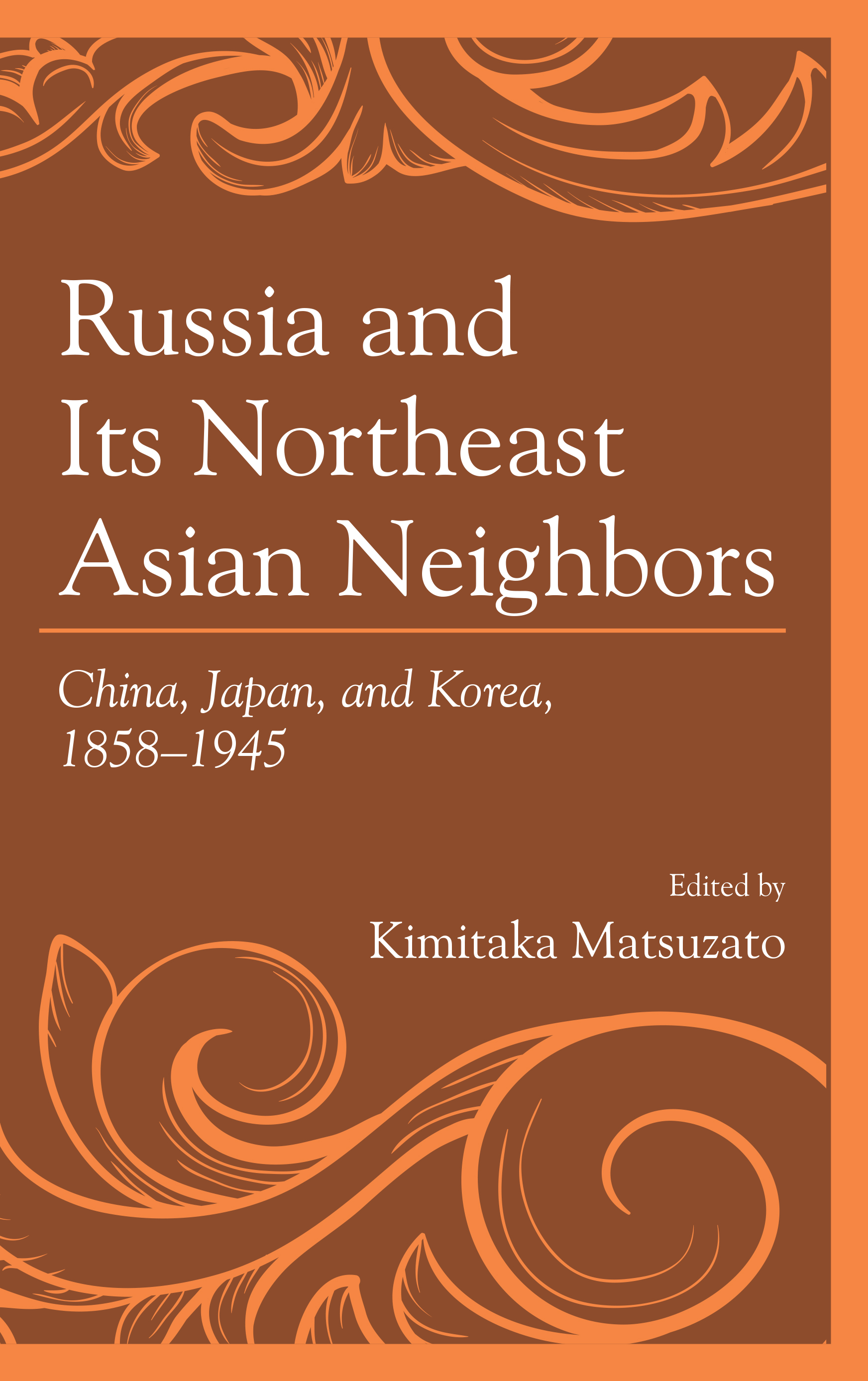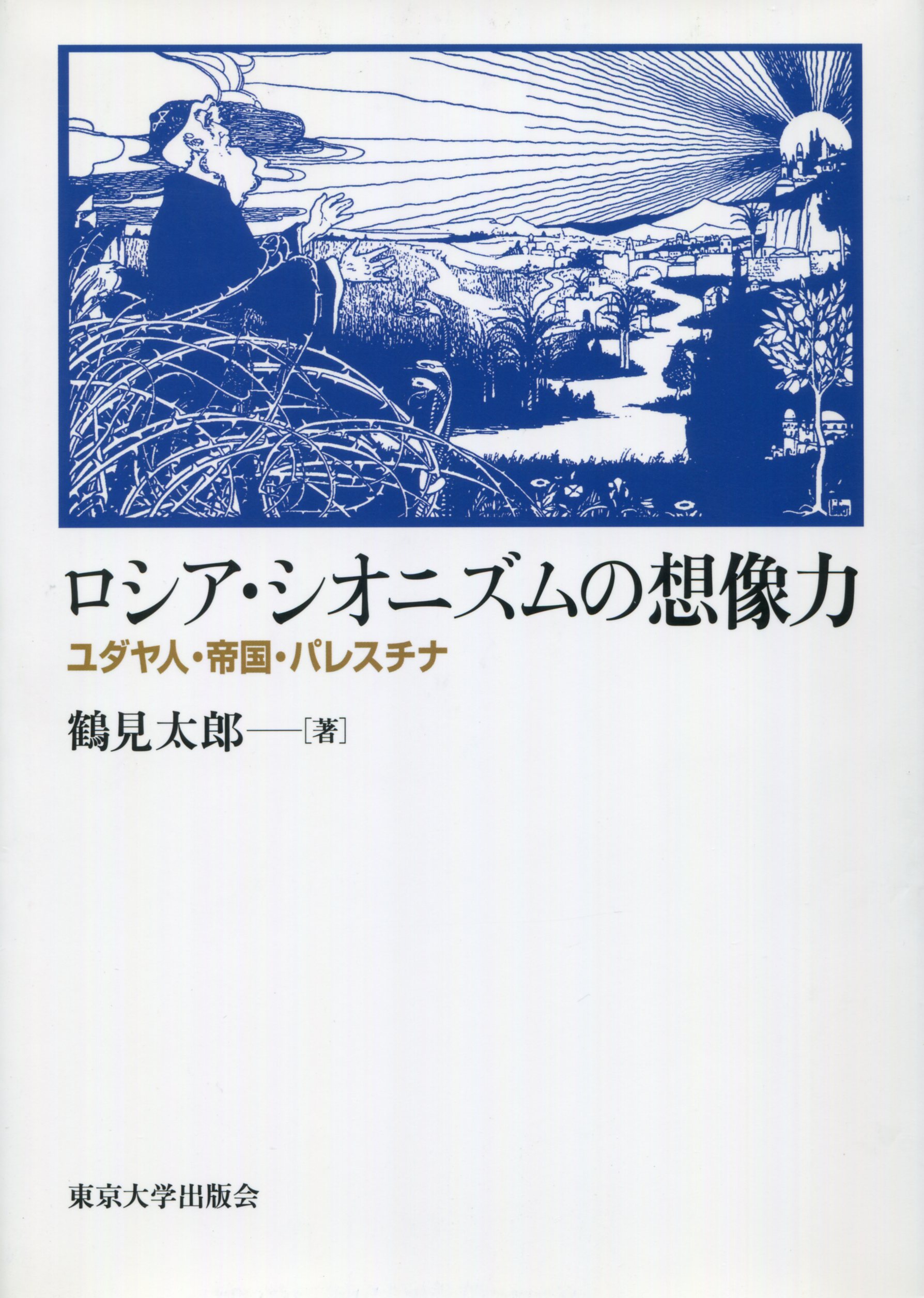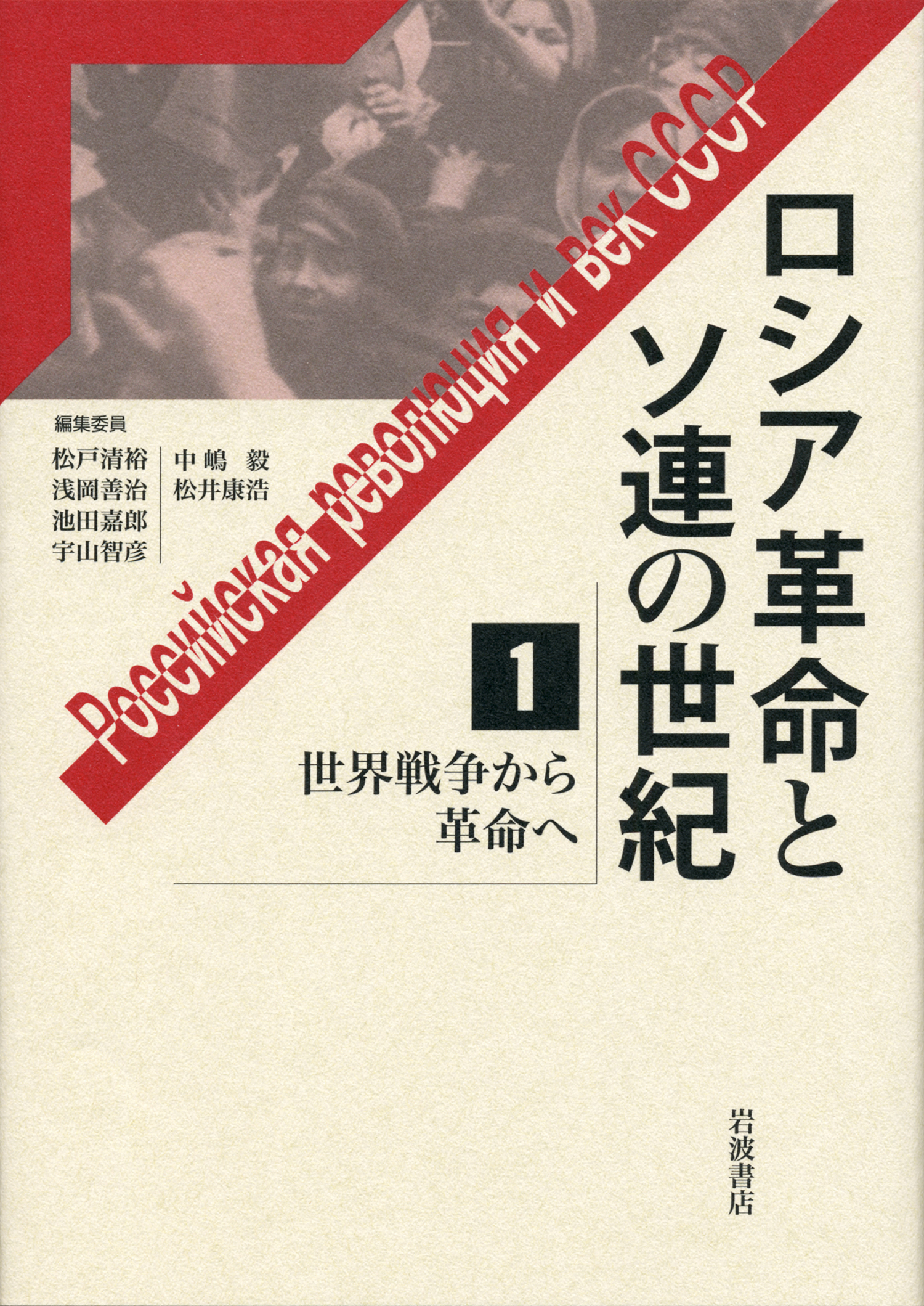
Title
The Russian Revolution and the Soviet Century 1 Sekai Senso kara Kakumei e (From World War to Revolution)
Size
320 pages, A5 format
Language
Japanese
Released
June 15, 2017
ISBN
9784000282666
Published by
Iwanami Shoten
Book Info
See Book Availability at Library
Japanese Page
In 2017, Iwanami Shoten published five volumes of an essay collection titled The Russian Revolution and the Soviet Century [Roshia Kakumei to Soren no Seiki]. The volumes were as follows: 1. From World War to Revolution, 2. Stalinist Civilization, 3. The Cold War and Peaceful Coexistence, 4. Human and Cultural Innovation, and 5. Border-spanning Revolutions and Peoples. I was in charge of compiling the first volume. Rather than focusing on abstract concepts such as modernity and socialism, I sought to ground the Russian Revolution and the Soviet Union in the context of the specific development of Russian history.
Here, I describe my general review of the material, in which I asked the question: “Just what was the Russian Revolution?” This review was an attempt to reappraise the history of the Russian Revolution and the Soviet Union from the perspective of revolution narrative. A revolution on its own produces a powerful narrative. Through this narrative, the revolution dramatizes itself. Events are tied together according to the scenes in this narrative, resulting in an epic account of the people’s heroic struggle. The rulers are the first to weave this narrative, and they do so in the name of the people. Even so, the populace often regards the rulers’ narrative as their own. It is by no means rare for a revolution to be dramatized in scenes of popular struggle, but the Russian Revolution of 1917 stands out in one respect. That is, the Russian Revolution proclaimed socialism and, because of this fact, its narrative was not only attractive for the Soviet Union itself but it also had worldwide appeal. The narrative gave poverty-stricken people around the world new impetus to seek a revolutionary solution, and it sparked independence movements in colonized and semi-colonized territories.
The Russian Revolution profoundly shaped the world of the twentieth century. Until the Russian Revolution, Western Europe above all other regions presented a beacon of progress, making progress itself a highly Eurocentric concept. Having established the principle of the nation-state, the nations of Western Europe acquired tremendous organizational power and mobility, and they towered over the rest of the world in military force and science. With these advantages, Western Europe depicted itself as the most advanced—or the only—civilization of the world, and it forced regions in Asia and Africa either to become colonies or desperately reshape themselves according to the European model. It was indeed the Russian Revolution that opposed this Eurocentric model and advocated an alternative path for the world: socialism.
However, by the end of the twentieth century, Asian and African countries had succeeded in modernizing themselves, at least outwardly. Meanwhile, Europe lost its authority as a model of civilization, while socialism lost its appeal as the rival model. After the Soviet Union collapsed, those who broadcast the Russian revolution's narrative faded away. Thus, in examining the Russian Revolution, we no longer need be caught up in the revolution’s narrative; we can now take a fresh look at the Russian Revolution and the Soviet Union.
(Written by IKEDA Yoshiro, Associate Professor, Graduate School of Humanities and Sociology / 2019)



 Find a book
Find a book


